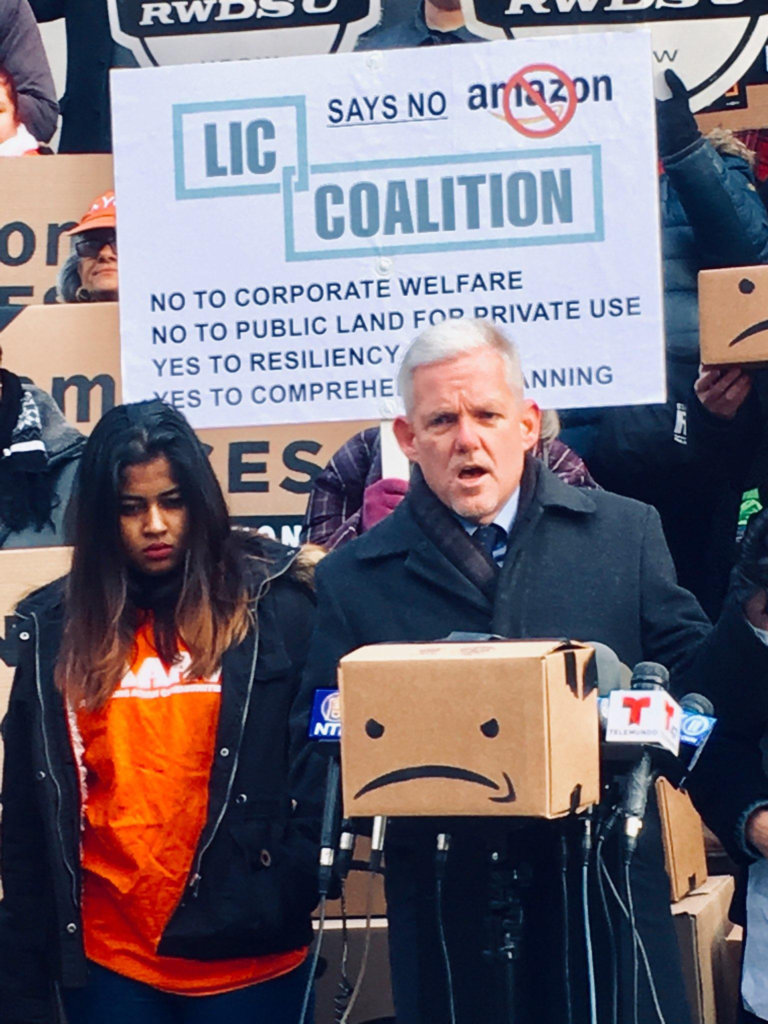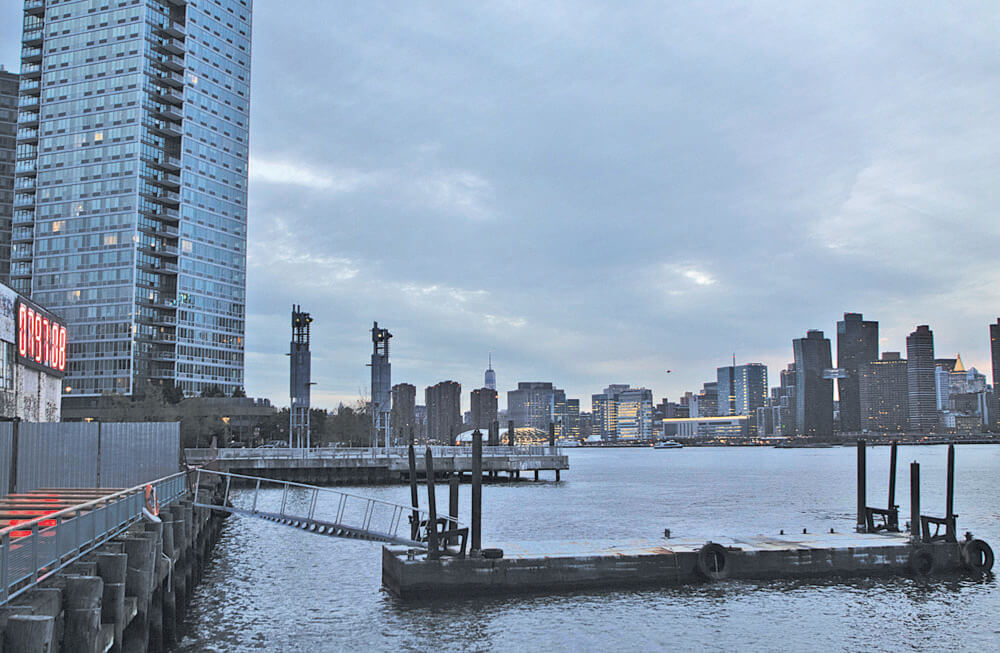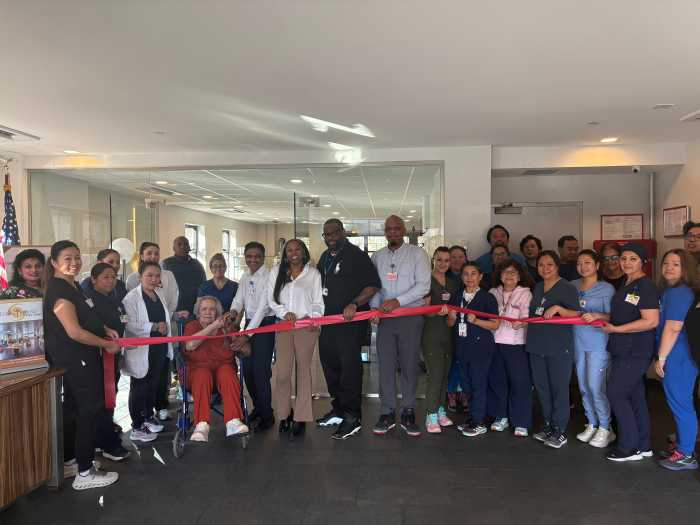The deal that the state and city struck with Amazon to build its HQ2 campus in Long Island City came under intense scrutiny at City Hall on Wednesday in the first of three oversight hearings.
James Patchett, the president and CEO of the city’s Economic Development Corporation, explained why the city signed on to the deal to lure the e-commerce giant.
“This is the single biggest job creation opportunity in New York’s history,” Patchett said. “Amazon has committed to creating at least 25,000 jobs over the next 10 years, with potential to expand to 40,000 jobs over the next 15 years. It is projected to deliver over $27.5 billion in tax revenue to the city and state over the next quarter century.”
Amazon sent its vice president of public policy, Brian Huseman, to the hearing to further bolster the retail giant’s case.
“The economic benefits to New Yorkers are also unprecedented,” he said. “It is expected that our HQ will generate $186 in economic activity for New York State over the next 25 years. This includes $14 billion in tax payments to the State and over $13 million in tax payments to the City.”
On the opposite end, City Councilman Jimmy Van Bramer — who represents the neighborhood and has been an outspoken critic of the project since it was announced a month ago — grilled Amazon and City officials over the lack of transparency during the process and the nearly $3 billion in tax cuts and subsidies that were used to lure the trillion-dollar corporation.
“As I have said many times, this is a bad deal,” Van Bramer said. “This is a bad deal for Long Island City, bad for Queens, and bad for New York City. The mayor and the governor caved to the richest man on earth, and then handed the bill to each and every New Yorker.”
Van Bramer called it an “unprecedented case of corporate welfare” that was a betrayal of progressive’s core values. Council Speaker Corey Johnson noted that the 7 train is “a disaster” while the Amazon deal includes the construction of a helipad for its top executive.
“The only transportation piece of this project I’ve seen involves a helipad. This is like something out of the Onion,” Johnson said. “Jeff Bezos’ commute is all set but what about the rest of us? Do you realize how out of touch that seems? It’s crazy.”
Patchett detailed how the city’s economy was booming with an unemployment rate at four percent, a record low, while it is home to 4.5 million jobs, a record high.
“But as the head of the city’s economic development corporation, I have a responsibility to ensure we never become complacent and fail to prepare for the next recession. And we know there will be a next recession at some point,” Patchett said. “In February 2001, the city’s unemployment rate was 5.1 percent — a low for the period. Yet seven months later Lower Manhattan lay in ruins, and no one was sure any CEO would ever locate her company in the city again. In that moment, an economic development project like this would be welcomed with open arms.”
Patchett recalled how Wall Street’s collapse put the city’s economy in free fall. By October 2009 the unemployment rate spiked to over 10 percent, and it didn’t return to 4.6 percent for another ten years.
“Amazon’s presence is vital to our efforts to diversify the economy and safeguard ourselves from downturns like these, or even worse, another fiscal crisis,” Patchett said.
Van Bramer also questioned the way the deal was brokered by the state and city.
“Transparency is a hallmark of good governance. So we should all be concerned they were eager to promise Amazon that they would bypass local land use review and agree to sign non-disclosure agreements while doing so,” Van Bramer said. “The memorandum of understanding is shocking and shameful in how much is gave to Amazon and how little it extracted from them for the community.”
Later, when Van Bramer asked if the trillion-dollar corporation would take the $500 million state capital grant and put it towards repairs at the four nearby public housing developments in Western Queens, neither Huseman or Patchett provided an answer.





































